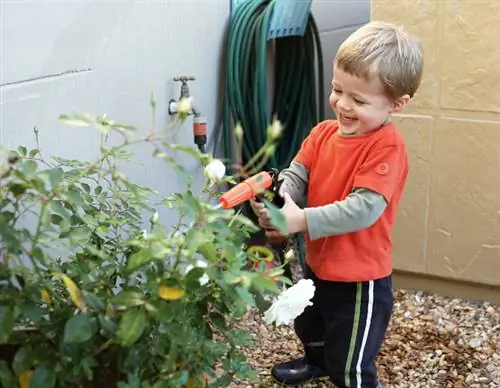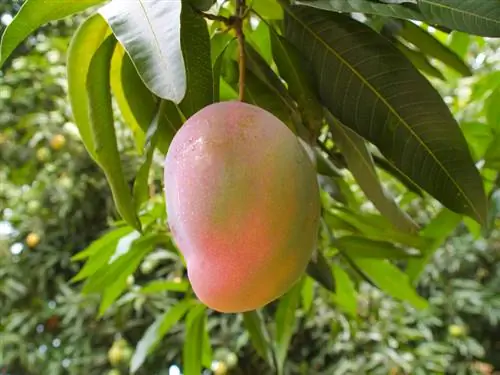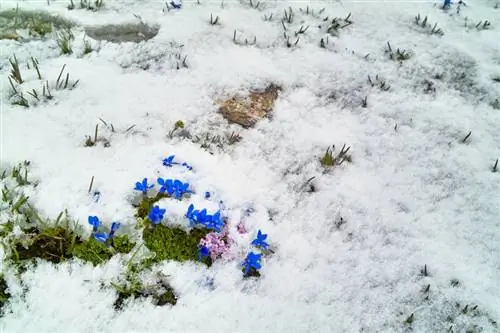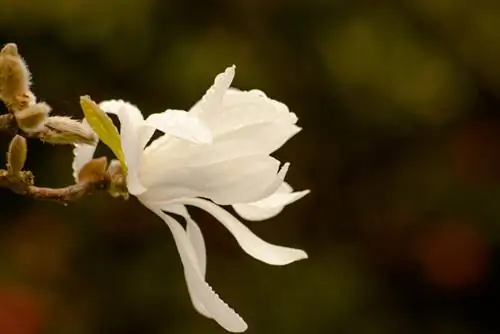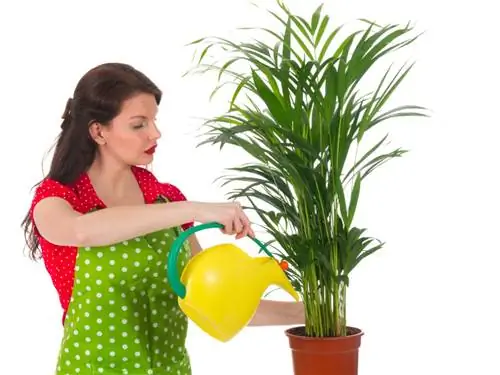- Author admin [email protected].
- Public 2023-12-16 16:46.
- Last modified 2025-01-23 11:20.
Roses have a hard time coping with drought, they prefer a constantly slightly moist place - but definitely not wet! - Floor. Younger and freshly planted roses in particular should be supplied with water regularly. However, make sure that waterlogging does not develop - like so many plants, roses do not like their feet to be too wet; this also leads to root rot.
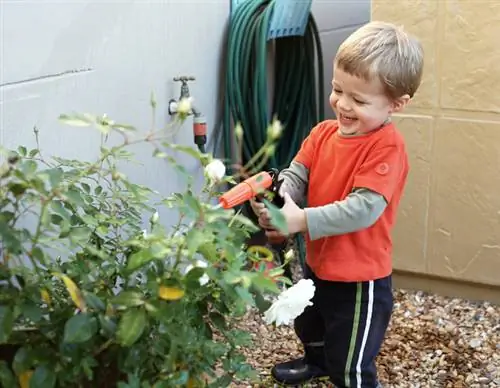
How and when should you water roses?
To water roses properly, they should be watered early in the morning or late in the evening to minimize evaporation. Use a watering can with a watering attachment to distribute the water evenly, avoiding wetting foliage and flowers. Check the moisture content of the soil with a finger test or look for drooping leaves to determine water needs.
When and with what to water roses
Every gardener should be aware that thirsty plants should be watered on hot summer days. However, not everyone knows that roses can dry out quickly even on cooler but very windy autumn days. But in fact, not only the sun but also the wind removes a lot of moisture from the ground. Finally, you balance things out by giving your roses a good watering can full of water. If possible, use a jug with a watering attachment, as this distributes the water more evenly and also reduces the water pressure. For the same reason, you should not water with a hose, as this will only unnecessarily wash away soil from the rootstock. You can determine the right time for watering by taking a finger test on the soil. On the other hand, if the plant lets its leaves hang down, things are going to get high!
It's best to water roses in the morning
However, it is not just important to water roses at all - the right time is also relevant. It is best to water the plants early in the morning (or late in the evening), otherwise too much of the valuable water will be lost through evaporation. You should also be careful not to wet the leaves and flowers under any circumstances, as this very often leads to fungal infections such as sooty mold or rose rust. For the same reason, roses should also be placed in a more airy location so that rainwater can dry out more quickly.
Water potted roses correctly
Basically, roses cultivated in pots need more water and of course more water than planted specimens, after all, they cannot take care of themselves. You can tell when the time is right by testing it with your finger: If the surface of the substrate has dried, it is time for the next watering. However, be sure to ensure good drainage in the pot so that waterlogging does not form. Roses should never stand in water, so it is best to remove any excess water straight away.
Tip
Overwatering not only leads to waterlogging and thus root rot, but also flushes valuable nutrients out of the soil. If your otherwise well-fertilized rose suddenly develops yellow leaves, it is missing certain trace elements, especially iron.

